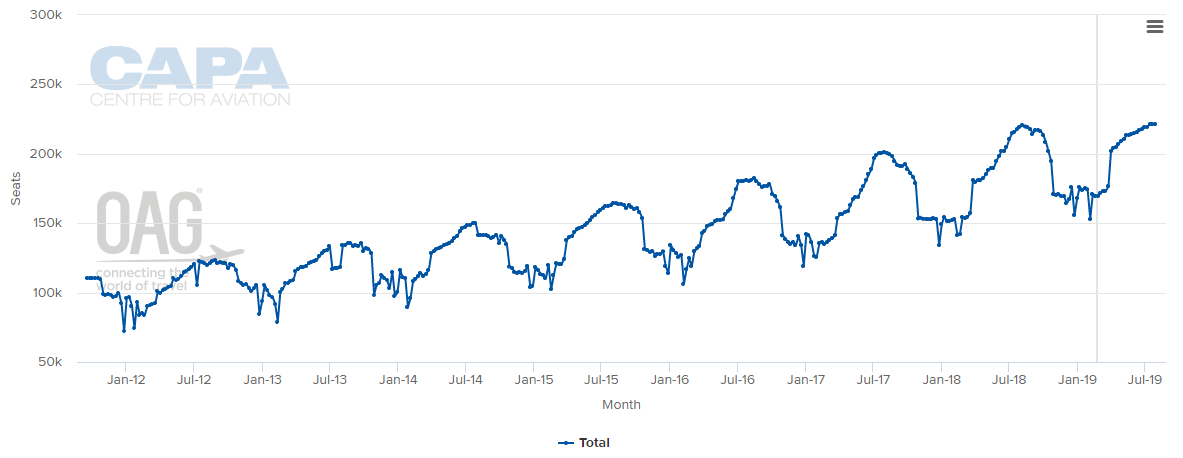The data shows there was a 5.1% year-on-year increase in Chinese arrivals in EU destinations during 2018 and ETC says the latest figures show that the EU-China Tourism Year 2018, designed to promote the EU as a tourism destination to the rapidly-growing Chinese market, continues to deliver success.
"The 2018 EU-China Tourism Year initiative has been extremely successful. And we continue to see the benefits in 2019," explains Eduardo Santander, executive director of the European Travel Commission. "The growth in Chinese travellers has been solid, and the near future, judging by current bookings, will see the EU continuing to increase its share of this valuable market, not just to traditional destinations, but lesser-known and emerging ones as well," he adds.
Over the course of 2018, the top three EU destinations in terms of volume of Chinese arrivals were the UK (up 2.4%), Germany (up 2.6%) and France (up 7.7%). The three fastest growing destinations were Croatia (up 45.7%), Estonia (up 35.8%) and Hungary (up 25.1%).
Forward bookings into 2019 also look robust, according to the ForwardKeys analysis of booking data. As of 31-Dec-2018, Chinese bookings to the EU for the first four months of 2019 were 16.9% ahead of where they were at the end of 2017. This compares very favourably to the global trend, which is 9.3% ahead.
In the context of Brexit, it is also interesting to note that if the UK were excluded from the data, the performance of the EU would look even stronger, with arrivals up 5.8%, as opposed to up 5.1% when the UK included. Similarly, looking ahead, forward bookings are 17.7% ahead for the period January-April 2019, as opposed to 16.9% with the UK included.
The data also shows that Chinese bookings for trips to the EU during the 2019 Chinese New Year season are ahead 9.2% compared to last year - well above the global average of 0.2%. It also identifies that Chinese travellers are arriving early, two-weeks before the Golden Week. Some return home in time to celebrate New Year, while others are choosing longer stays and celebrate in EU destinations.
This positive near-term outlook echoes a pattern that was seen last year. Then Chinese travel to the EU registered above-global-average performances for the two Golden Week periods in 2018. Within the EU, Central/Eastern Europe was the fastest growing region, and outperformed the EU average during each of the three busy periods (the two Golden Weeks and the summer school break).
Overall Chinese departures from mainland China were up 5.2% during 2018, and bookings are estimated to be up around 16.7% for January-April 2019. It is a similar picture for Hong Kong and Macao - up 7.6% for 2018, and ahead 35.4% for the first four months of 2019. Tier-two cities, Chengdu, Shenzhen, Hangzhou and Xiamen are showing strong growth: up 18.1% for 2018, with bookings ahead 51.3% in the January-April 2019 period.
Analysis of OAG schedule data from CAPA - Centre for Aviation shows the continued growth in connectivity between China and Europe. Over the first quarter of 2019 the number of available seats from China to Europe is up 12.4% year-on-year.
CHART - The growth in seats from China to Europe is clear to see, but so is the increasing seasonal trends in capacity in this market Source: CAPA - Centre for Aviation and OAG
Source: CAPA - Centre for Aviation and OAG